Best climbing plants for conservatories
Nothing beats the sun glinting through the conservatory windows on a chilly winter day, but what to plant inside? John Hoyland recommends the finest climbers.
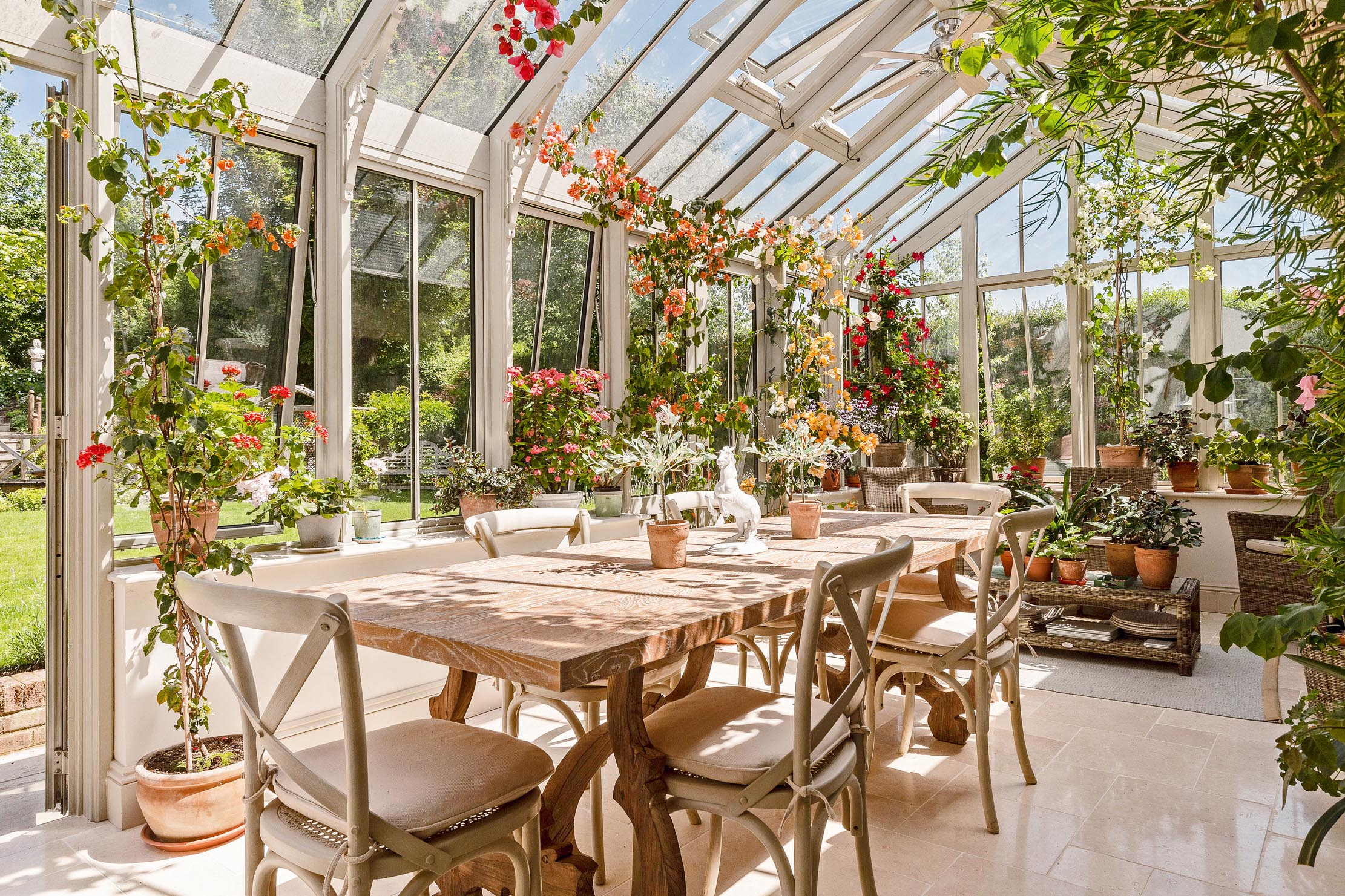
When you purchase through links on our site, we may earn an affiliate commission. Here’s how it works.
There are few things more agreeable than to sit on a chilly winter’s day, or even a cool summer’s evening, surrounded by plants in the warmth and cosiness of a conservatory. Yet the comfort that a glass room offers to human beings can make it an inhospitable place for many plants. The winter warmth will keep tender plants alive, but the extreme heat and the dry air of summer will prove too much for some, so choose your plants carefully and adapt the environment to their needs.
This is particularly important for the shrubs and climbers that will form the backbone of the planting in a conservatory. Climbing plants, whether reaching for the roof or tumbling down a wall, will give the room a sense of lush exuberance. By encouraging them to flourish in the upper parts of the space, you can help create an atmosphere of abundance, even evoking the tropical habitats from which many of them come.
The choice of climbers available to grow indoors is not as wide as what is available for the garden, but carefully choose a few specimens, treat them well and they will transform your conservatory into a space teeming with flowers and filled with scent.
The best conservatory climbers
Sollya heterophylla

Bluebell Creeper (Billardiera heterophylla/Sollya heterophylla) flowers; native to Western Australia, but grown as an ornamental plant in appropriate climates worldwide.
Blue flowers are always special and this evergreen climber is covered in them during the summer. The delicate flowers are the shape of bells, half an inch long, and hang in clusters. This is a twining plant that will grow to 6ft tall. There are cultivars with white or pink flowers, but it is the blue-flowered species that stands out.
Billardiera longiflora
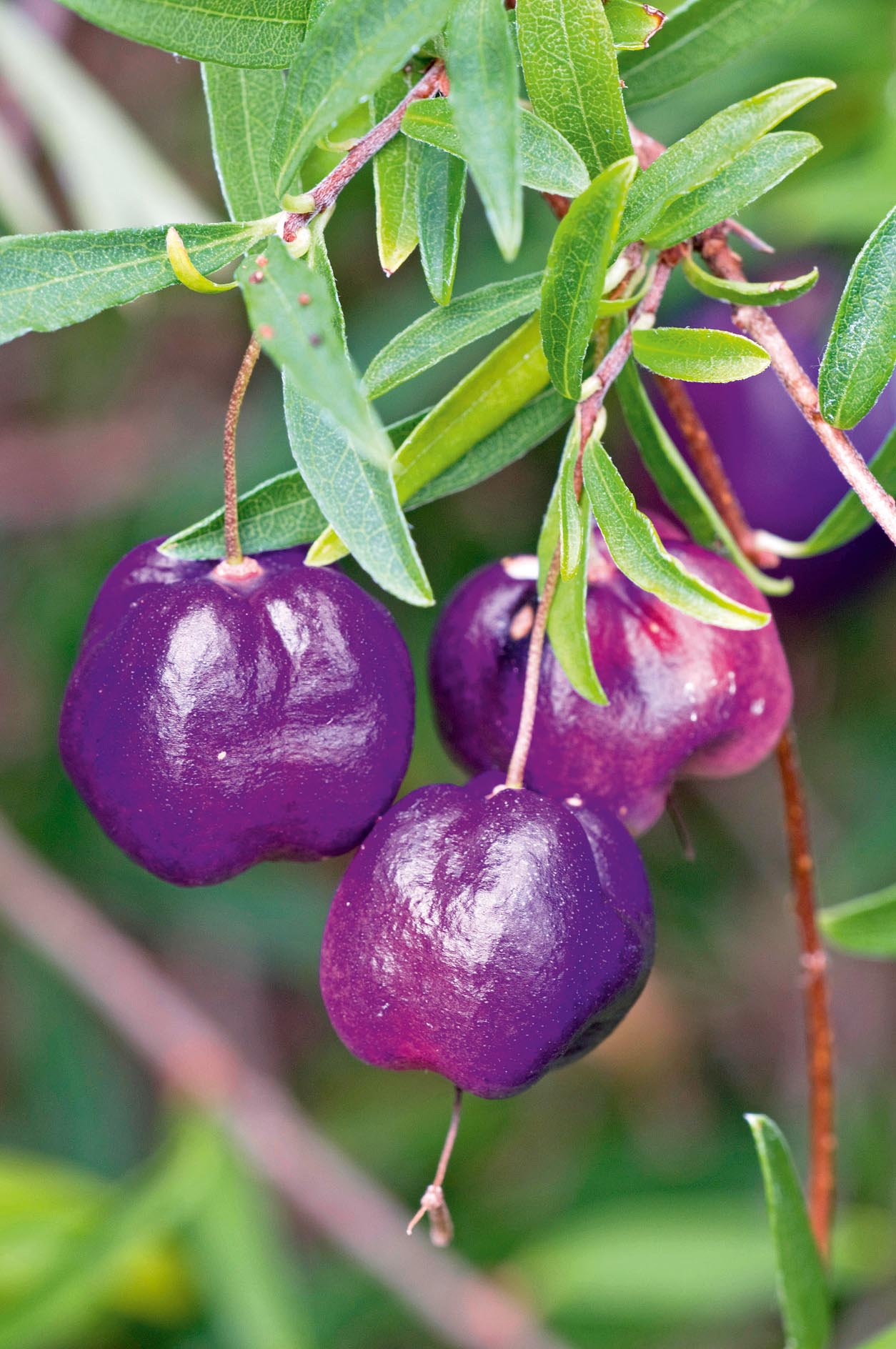
Purple Appleberry (Billardiera longiflora)
A small-leaved evergreen with greenish-yellow flowers that look like tubular bells and are muted and modest. Not so the fat berries that follow in late summer: the shape of miniature apples and polished like the skins of aubergines, they sparkle against the dark foliage. Billardiera longiflora flourishes most in a bit of shade and grows to 6ft tall.
Hoya carnosa
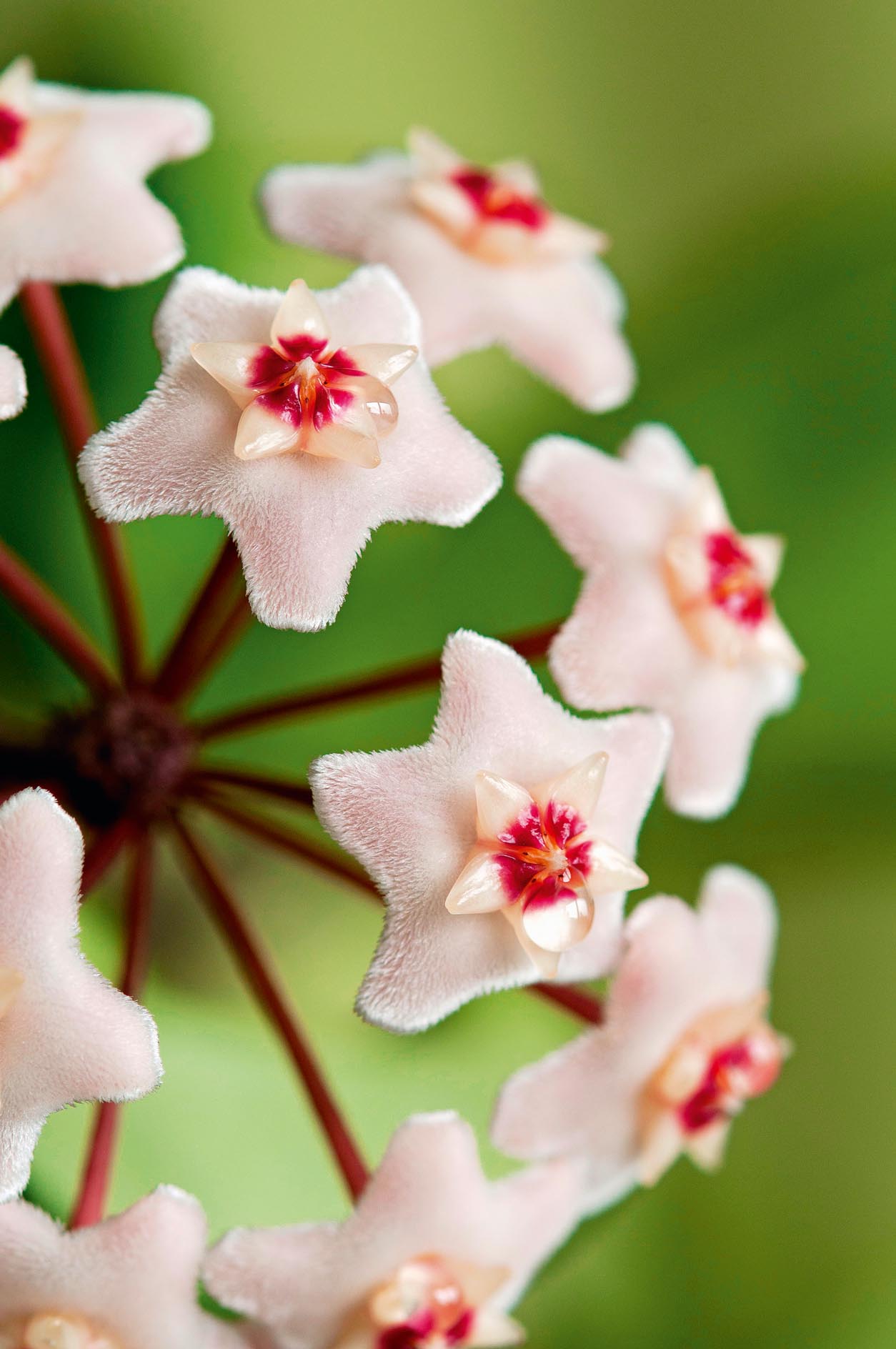
Wax Plant (Hoya carnosa)
An evergreen plant that looks as attractive cascading as it does climbing. The leaves are thick and leathery, reminiscent of a succulent, and the pink-and-white flowers grow in clusters to form a tight dome. The joy of this plant is the delicate fragrance it releases at night.
Exquisite houses, the beauty of Nature, and how to get the most from your life, straight to your inbox.
Plumbago auriculata

Plumbago auriculata
Plumbago auriculata is a vigorous South African climber that, left unpruned, will reach 12ft tall. The masses of sky-blue flowers it produces during the summer and autumn are always an impressive sight. Hard prune after flowering: the new growth produces more flowers than the old stems.
Passiflora x exoniensis
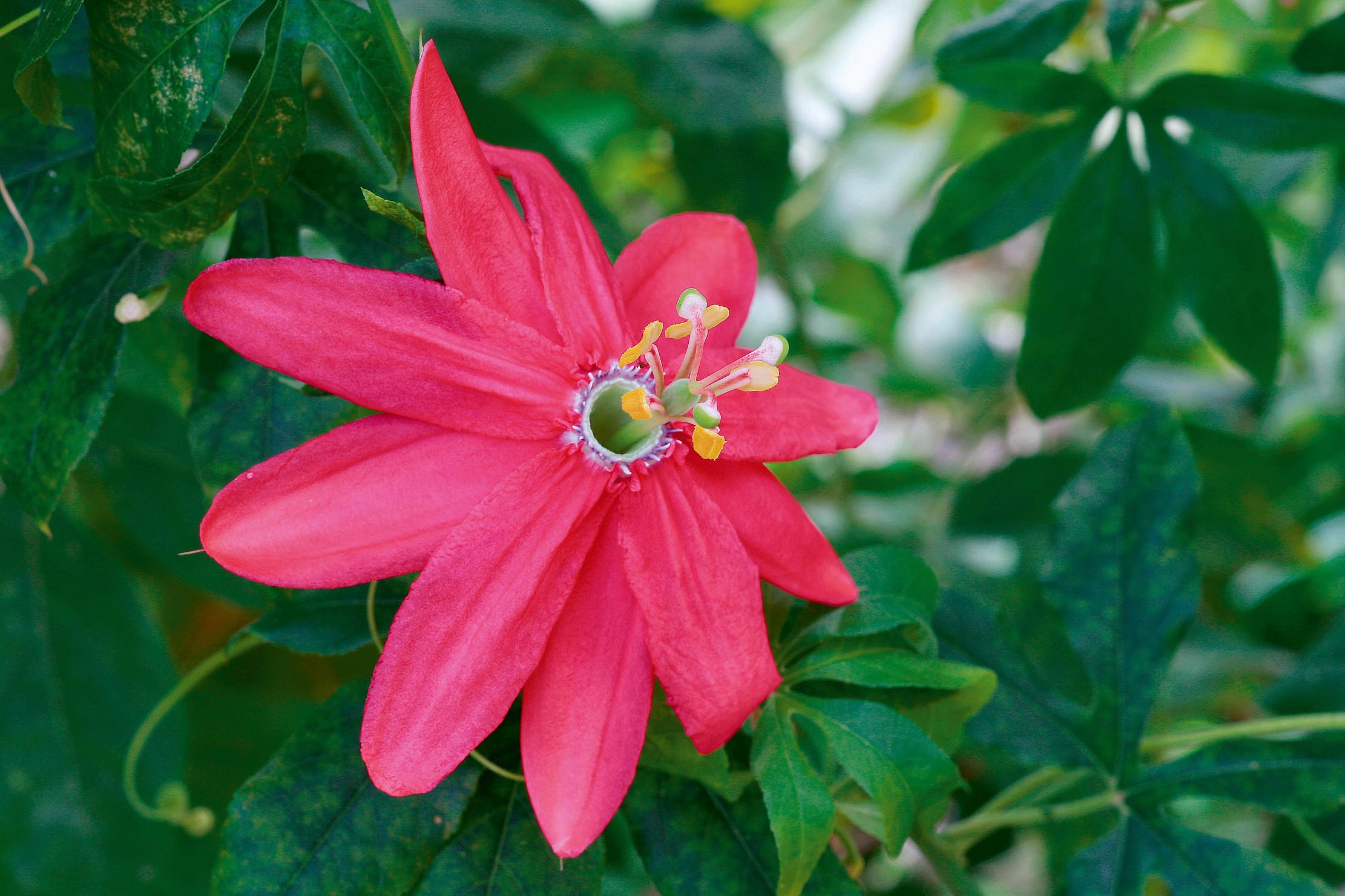
Passiflora x exoniensis
Like most passion flowers, this is a vigorous climber that is only suitable for a large space. The rose-pink flowers can grow to about 5in across and make a spectacular display from mid June onwards. They are followed by yellow, egg-shaped fruit.
Stephanotis floribunda

Stephanotis floribunda
Stephanotis, with its thick glossy leaves and waxy tubular flowers, is a familiar conservatory plant that will eventually reach 6ft tall. The scent is heavy and sweet and will overpower other smells. To thrive, the plant needs shade in the hottest part of the day.
How to look after conservatory climbers
Unlike plants in small pots that can be moved outside or rearranged, large specimens and climbing plants will have a garden room as their year-round home, so will need extra attention. Providing shade and humidity will reduce the stress that many plants will experience. Blinds will not only make the space more comfortable for people during the summer, but the shade they offer will help reduce plants losing moisture through transpiration and also prevent flowers and delicate foliage from burning. The blooms of stephanotis, for example, will be scorched by continual bright sunshine; giving them shade will keep them looking good and they will last longer. To improve humidity, stand pots in trays of gravel full of water or regularly spray plants with a hand mister.
Climbing plants need some means of support. Internal walls are ideal, but the range of trellises, obelisks and other structures used in the garden can also be employed indoors. Climbing plants with tendrils and those that twine will attach themselves to the supports; others will have to be regularly tied in.
Choose plants that are appropriate to the size of the conservatory. Most climbers are naturally vigorous and, without pruning, many would would dominate the space. I know a conservatory that is filled by a single plant of Pandorea jasminoides (which used to be known as Bignonia). The wall of pink flowers it creates looks spectacular, but it leaves little room for anything else.
Everyone loves scented flowers, but whereas a smell will waft around the garden outdoors and dissipate, inside, it lingers and strong perfumes can be overwhelming. The small-leaved star jasmine, Trachelospermum asiaticum, is a perfect conservatory plant: floriferous and long-flowering with beautiful flowers, evergreen foliage and a sweet fragrance, but that scent packs a punch, so make sure it is one you can live with.
The pests and diseases that affect plants in the garden can equally be a problem in the conservatory. Some pests will even prefer the warm environment. Good ventilation is essential, as air circulation will help to keep fungal diseases at bay. Treat any other pest in the way you would in the garden. If you use chemical sprays, remember that, in a confined space, they can linger, so go easy on them. The most likely pests are aphids, mites and scale insects, but even slugs and snails seem to manage to find their way indoors.
Plants can be messy. Flowers drop petals and even evergreen plants will shed leaves, so, to protect your furniture and flooring, be diligent in dead-heading and removing diseased or damaged stems. You are probably going to be in closer proximity to the plants in a conservatory than you are to those in the garden, with time to look at them more carefully, so keeping them in tip-top condition is important.
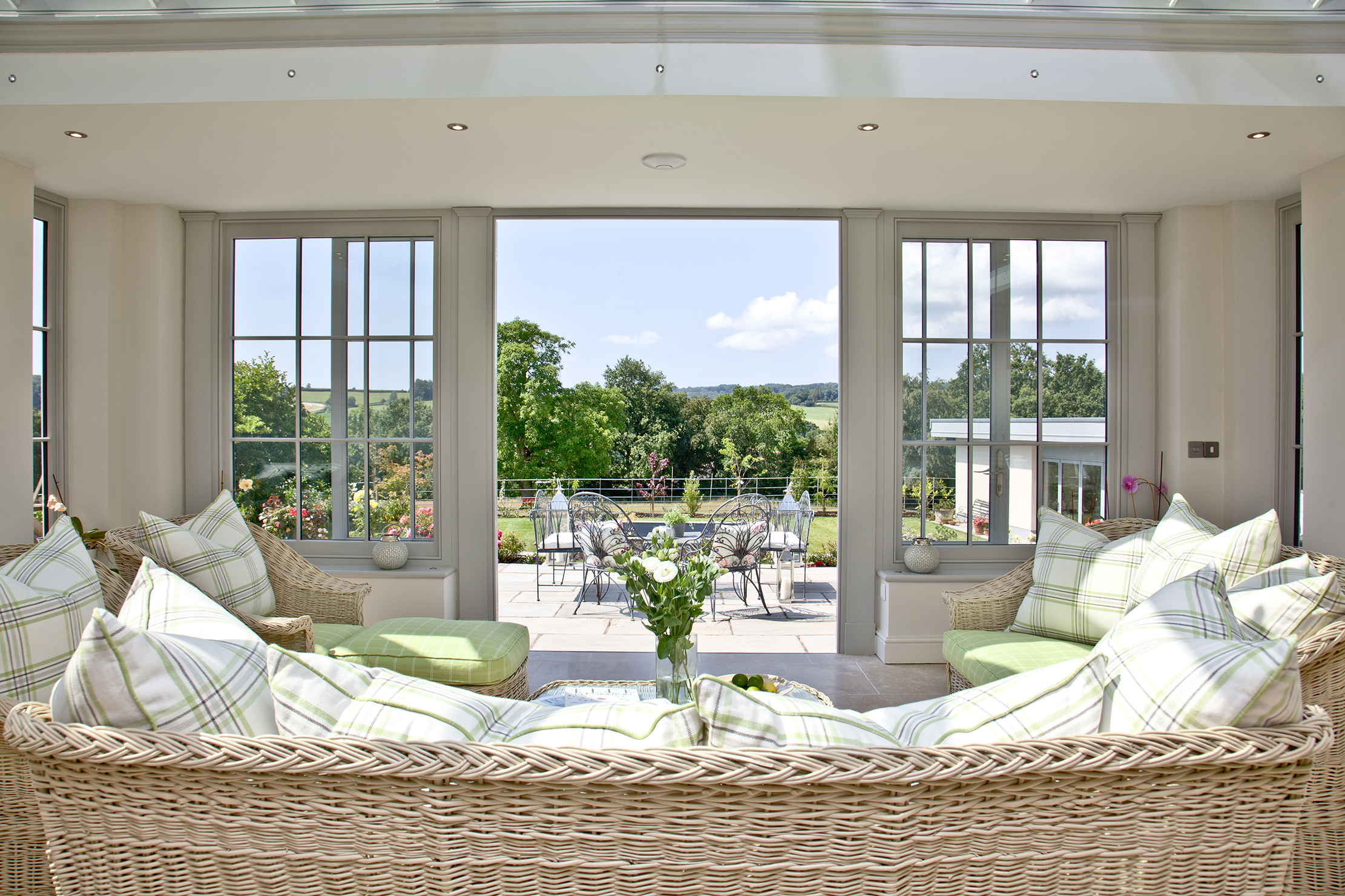
Credit: Westbury Garden Rooms
Ten wonderfully uncompromising conservatories, orangeries and garden rooms
Whether you're dreaming of a place to enjoy what light there is as the rain pours down, or thinking about